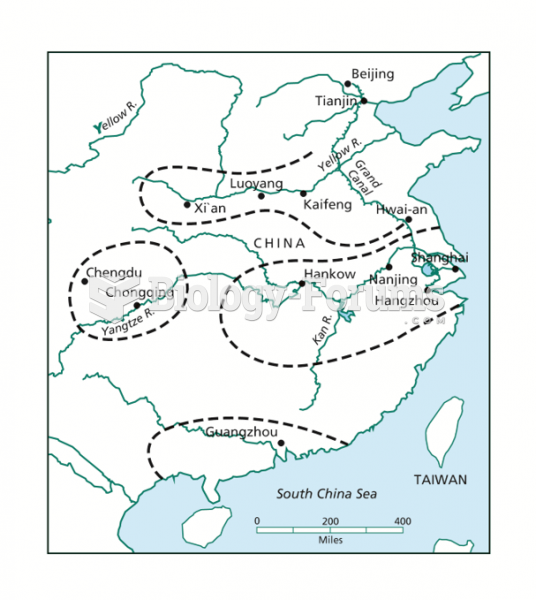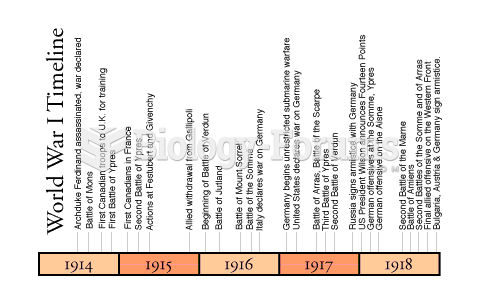Answer to Question 1
William Shakespeare, a poetic and literary genius, has exercised an enormous influence on the evolution of the English language and the development of the Western literary tradition. In his hands, the English language took on a breadth of expression and a majesty of eloquence that has rarely been matched to this day. While he is best known for his plays, he also wrote some of the most beautiful sonnets ever produced in the English language. These poems feature extraordinary technique, biting wit, satire, and word play, while delivering profound universal messages of humanity.
Shakespeare's plays, seen at the time as popular entertainment, carry refined meanings as springboards for the exploration of human nature. His historical plays explore the ways in which individuals behave under pressure: the weight of great social responsibilities and the difficulties of reconciling those obligations with more individual aspirations. His comedies deal with such popular themes as the battle of the sexes, rivalry among lovers, and mistaken identities. His tragediesHamlet, Macbeth, Othello, and King Learachieve a concentration of thought and language that has made him the greatest English playwright of all time. Human flaws and failingsjealousy, greed, ambition, insecurity, and self-deceptiongive substance and drive the action of the play. Through his characters, Shakespeare sought to probe the psychological forces that motivate human action.
Answer to Question 2
Northern Renaissance art showed a distinct style, as created by such artists as: Jan van Eyck, who perfected the art of oil painting while achieving an extraordinary level of realism; Hieronymus Bosch, who detailed the fallibility of humankind, its moral struggle, and its apocalyptic destiny; Albrecht Drer, who earned international fame for his woodcuts and metal engravings; Matthias Gothardt Neithardt, whose work carries spiritual intensity and emotional subjectivity; Lucas Cranach and Hans Holbein, both master draftsmen; and Pieter Brueghel, whose monumental genre paintings reveal an unvarnished perception of human beings in mundane and unheroic circumstancesa sharp contrast to the idealized conception of humankind found in the art of Renaissance Italy.
Northern Renaissance literature also blossomed in artists such as: Erasmus, whose satiric writings comment on the vast gulf between human fallibility and human perfectibility; Sir Thomas More, a Christian humanist, who denounced the evils of acquisitive capitalism and religious fanaticism; Miguel de Cervantes, whose picaresque novel Don Quixote contains a rare psychological complexity and profunditythe conflict between reality and the idealrare for its time; Franois Rabelais, who mocked the obsolete values of European society; Michel de Montaigne, who believed in the paramount importance of cultivating good judgment; and William Shakespeare, a genius whose work has exercised an enormous influence on the evolution of the English language and the development of the Western literary tradition.
In music, some of the important figures of the Northern Renaissance include Martin Luther, whose chorales had a major influence on religious music for centuries, and Josquin des Prez.







